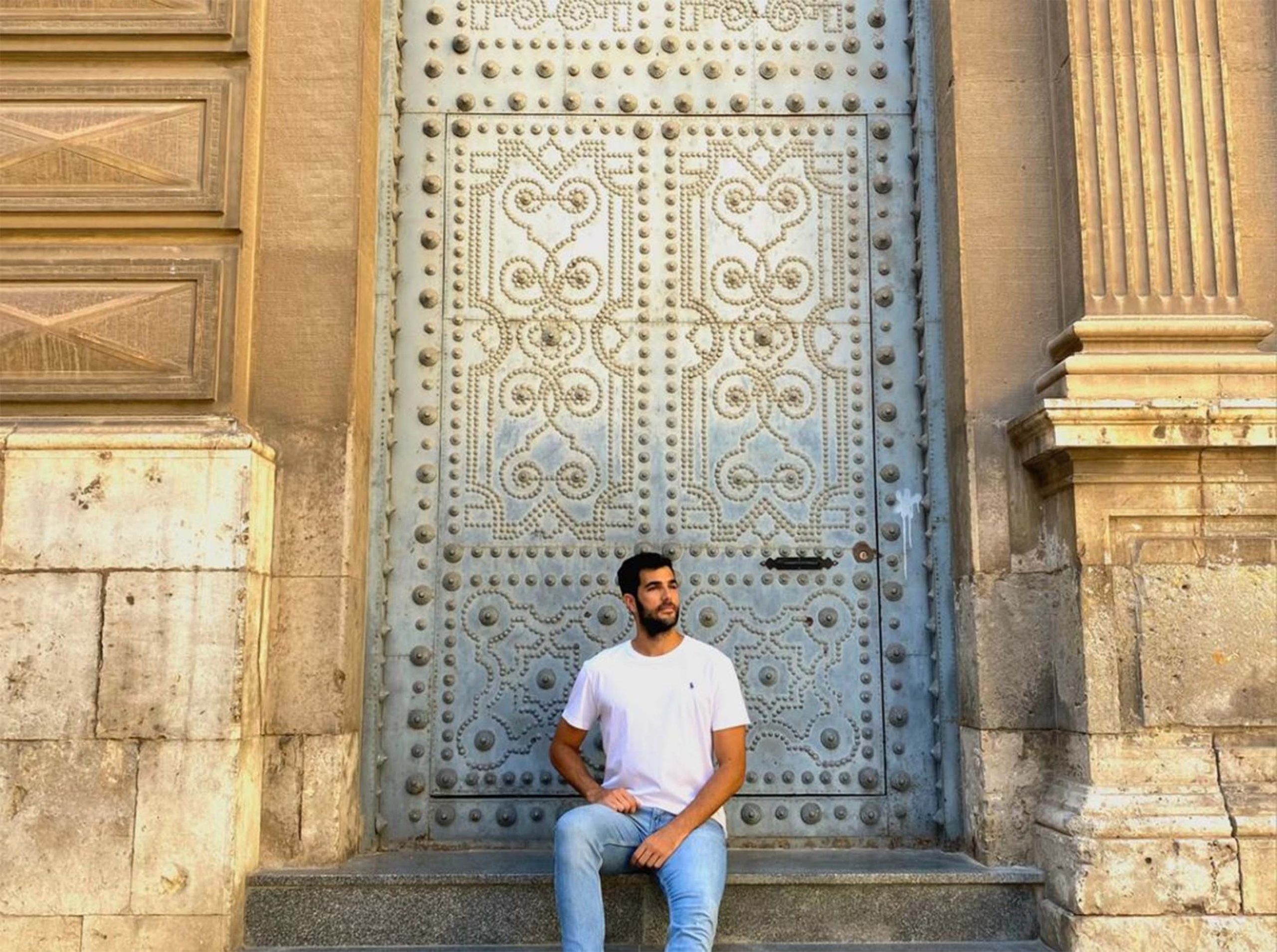Imagine wandering through the charming streets of Valencia, Spain, a city brimming with history and culture, located along the sun-kissed eastern coast of the Iberian Peninsula. I have an insatiable thirst for exploration, and Valencia’s Old Town, known as Ciutat Vella, has cast a spell on my heart that I can’t easily shake. I invite you to join me on an immersive journey through Valencia’s Old Town—a place where the past is alive, history beckons from every corner, and the art of photography takes on a life of its own.
Valencia: A Historical Tapestry
Valencia’s roots reach back to Roman times, and its Old Town serves as a living testament to the city’s rich history. With its ancient architecture, meandering alleyways, and a tapestry woven with multicultural influences from across the centuries, the Old Town is an enchanting time capsule. Together, we will traverse these cobbled streets, explore iconic landmarks, savor the local culinary treasures, and delve deep into the world of photography. Our journey promises to reveal not only the history and culture but also the intricacies of capturing those moments in time.
Photography Gems in Valencia’s Old Town
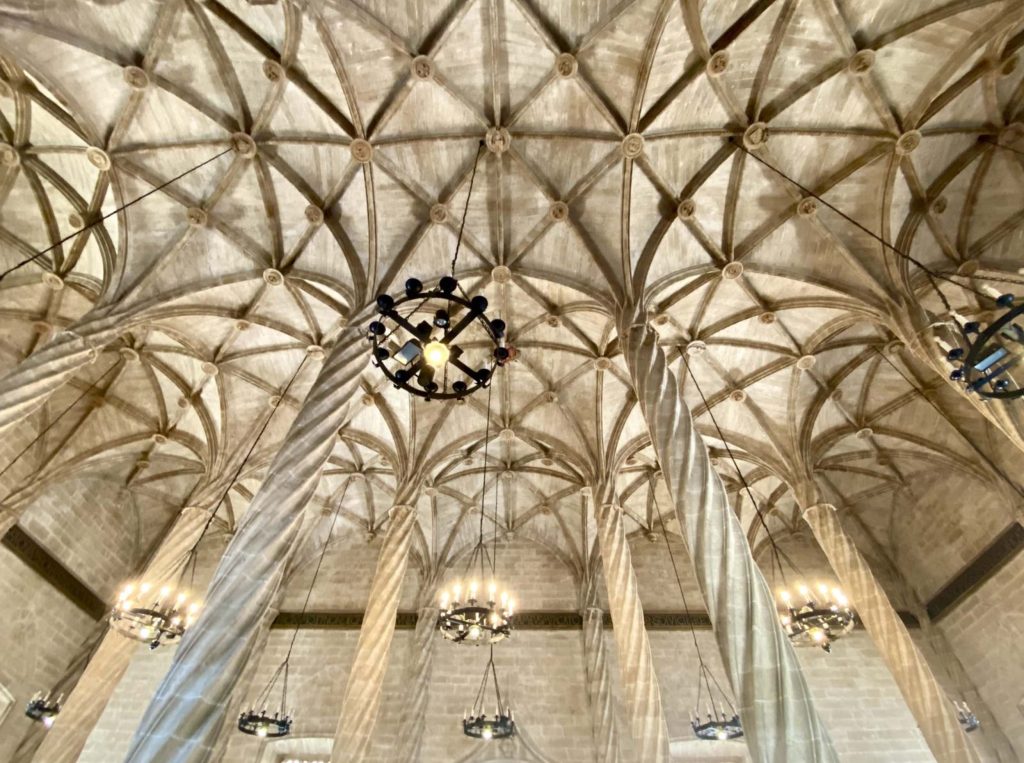
La Lonja de la Seda: A Gothic Elegance
Nestled in the heart of Valencia’s Old Town, La Lonja de la Seda, or the Silk Exchange, is an architectural masterpiece that beckons visitors to embark on a journey through time. As we step into its hallowed halls, we are transported back to the 15th century, a period when this Gothic-style mercantile exchange was at the zenith of its significance. Not only does La Lonja hold the distinction of being a UNESCO World Heritage site, but it also stands as a testament to the city’s illustrious past, revealing a remarkable blend of history, art, and culture.
The Gothic Grandeur
La Lonja’s architecture is nothing short of a marvel. The building’s exterior features an intricate fusion of Gothic and Valencian late Gothic styles, showcasing an extraordinary level of detail that’s a true delight for any photographer. The façade is adorned with a plethora of stone carvings, each telling a story from a bygone era. Gargoyles, mythical creatures, and intricate floral patterns come together to create a visual spectacle that captures the essence of a bygone era.
The Sala de Contratación: A Hall of Elegance
One of the most enchanting aspects of La Lonja de la Seda is the Sala de Contratación, or the Contract Hall. It is here that merchants once conducted their business, forging trade agreements that would shape the destiny of the city. As you step into this magnificent hall, you’ll be struck by the soaring vaulted ceilings that seem to touch the heavens. The precision of the architectural design, with its ribbed arches and finely crafted columns, is a testament to the expertise of the builders of the time.
The play of light and shadow in the Sala de Contratación is an essential element of its charm. As the sun’s rays filter through the intricately designed windows, the patterns they create on the stone floor and walls are a photographer’s dream. The interplay of light and shadow adds depth and dimension to your photographs, making every corner of this hall come alive with history and elegance.
Capturing La Lonja: A Photographer’s Perspective
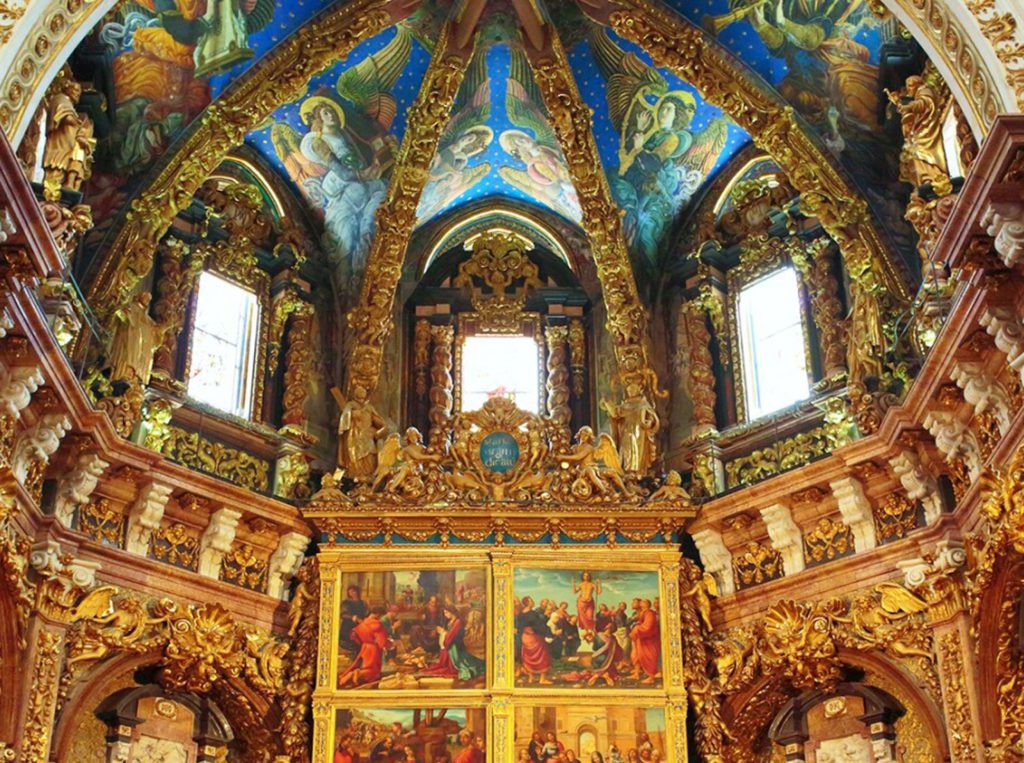
When photographing La Lonja de la Seda, consider the following tips to encapsulate its Gothic elegance:
- Angles: Experiment with different angles to capture the intricate details of the stone carvings. Get up close to highlight the craftsmanship and then step back to frame the entire façade.
- Lighting: Take advantage of the golden hours during sunrise and sunset to enhance the warm, soft light that bathes the building. This light not only accentuates the details but also adds a touch of enchantment to your images.
- Wide-Angle Lens: A wide-angle lens can help you capture the entirety of the building’s façade, emphasizing its grandeur and allowing you to fit more into the frame.
- Details: Don’t forget to zoom in on specific details. The gargoyles, floral motifs, and intricate carvings provide excellent opportunities for close-up shots that reveal the building’s artistry.
- People: Including people in your shots can provide a sense of scale and context. Capture visitors admiring the building or engaging with the details to add a human element to your photographs.
- Time of Day: Consider visiting La Lonja de la Seda at different times of the day to explore how the changing light affects the building’s appearance. Each moment offers a unique photographic opportunity.
La Lonja de la Seda is more than just a historical monument; it’s a visual journey through the past. As you explore its grandeur and intricacies, you’ll find yourself not only capturing the essence of Valencia’s history but also creating timeless photographs that pay homage to the artisans and architects of a bygone era. It’s a place where art, history, and photography converge, and it stands as an invitation to both the curious traveler and the enthusiastic photographer to immerse themselves in a world of Gothic elegance that has endured the test of time.
Valencia Cathedral: A Journey Through Time
Our photographic journey leads us to the Valencia Cathedral, an iconic religious edifice that has borne witness to centuries of history. The cathedral’s unique blend of architectural styles, including Romanesque, Gothic, and Baroque, presents a captivating subject for photographers. While you’re there, be sure to ascend the Miguelete Tower, which offers panoramic views of the Old Town. This vantage point allows you to capture the sprawling cityscape and the intricate façade of the cathedral. A wide-angle lens is recommended for capturing the grandeur of the cathedral’s exterior.
Mercado Central: A Feast for the Senses
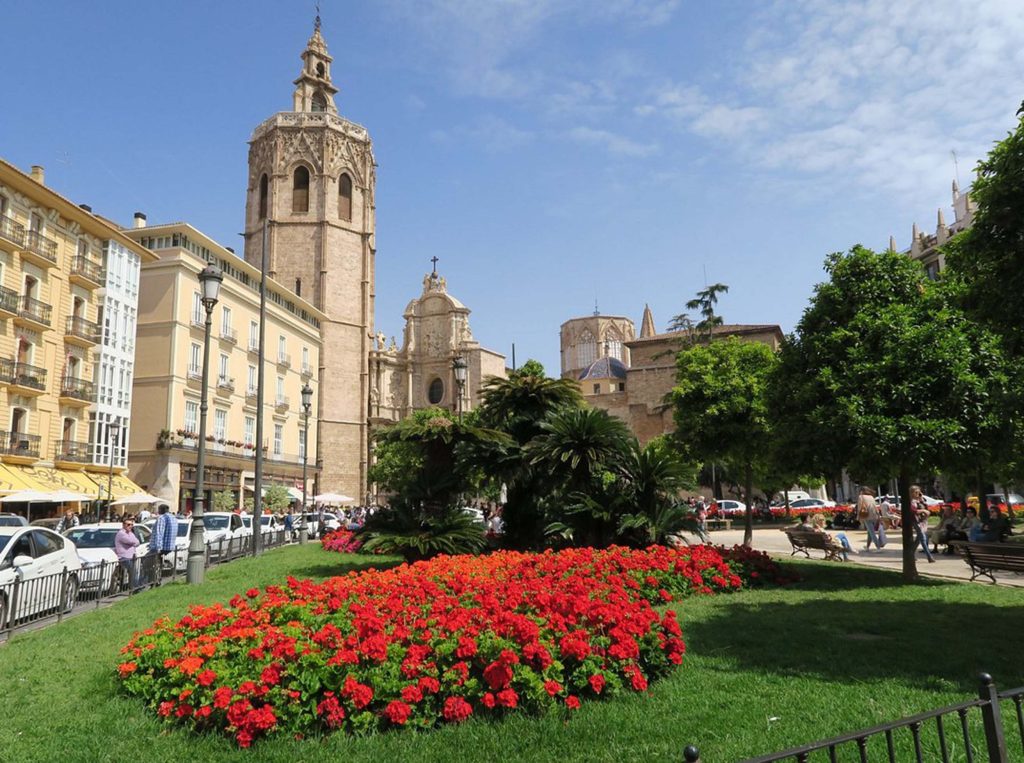
Valencia’s Mercado Central is a bustling marketplace that tantalizes all the senses, making it a photographer’s dream. The vibrant colors of fresh produce, the interplay of light and shadow, and the animated expressions of vendors and shoppers create numerous opportunities for striking shots. To capture the vibrancy of the market, use a fast prime lens to focus on the details, and employ a wide aperture to create beautiful bokeh effects in the background. Experiment with various angles to capture the essence of this lively space.
Torres de Serranos: Guardians of History
The Torres de Serranos, remnants of Valencia’s ancient city walls, stand as enduring symbols of the city’s medieval heritage. These well-preserved towers provide a fantastic backdrop for portrait photography, while their elevated position affords captivating views of the surrounding areas. Capture the Torres de Serranos during the golden hours to infuse your photographs with warm, soft light that enhances the historical ambiance. A wide-angle lens will help you frame both the towers and the city’s skyline, creating a striking contrast between the ancient and the modern.
Plaza de la Reina: The Heart of Valencia
Plaza de la Reina, a charming square nestled in the Old Town, is a hub of activity and a great place for street photography. Whether it’s the horse-drawn carriages, street performers, or the grand architecture that envelops the square, you’ll find countless compelling subjects to photograph. Engage with the locals, capture candid moments, and experiment with different compositions to add depth and authenticity to your images. This square truly encapsulates the essence of Valencia’s bustling Old Town.
Street Art in El Carmen: Blending Old and New
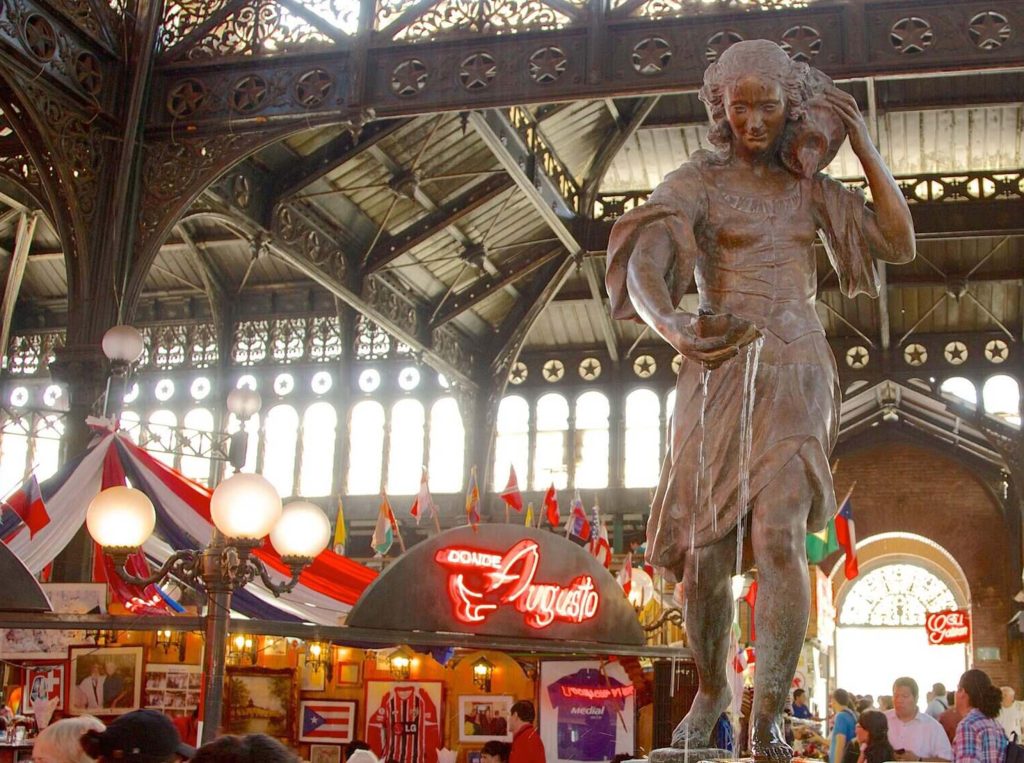
El Carmen, Valencia’s bohemian neighborhood, is known for its eclectic street art, which adds a contemporary touch to the historic district. As you explore its narrow streets and hidden corners, you’ll discover captivating works of art that tell their own stories. A wide-angle lens and careful framing can help you create dynamic compositions that highlight the intriguing juxtaposition of old and new, traditional and modern. Don’t hesitate to delve into the smaller streets and alleys, as you’ll often stumble upon hidden gems of street art.
Photography Tips: Capturing the Essence
While exploring the picturesque Old Town of Valencia and its historical gems, here are some photography tips to help you capture the essence of this enchanting city:
- Golden Hours: The golden hours of sunrise and sunset offer the perfect lighting conditions to capture the city’s landmarks. The soft, warm light during these times adds a touch of magic to your photographs.
- Use a Tripod: For long exposure shots, especially at night or in low light conditions, a tripod is essential. It stabilizes your camera and ensures sharp images.
- Experiment with Angles: To create more dynamic and unique compositions, experiment with various angles. Shoot from high vantage points, get low to the ground, and look for interesting perspectives that tell a compelling story.
- Candid Moments: Candid shots often reveal the authentic character of a place. Be patient, observe the surroundings, and wait for those unguarded moments that convey a narrative.
- Engage with Locals: Interact with the locals, learn about their stories, and incorporate their experiences into your captions. This not only adds depth but also creates a deeper connection between your audience and the destination.
- Post-processing: After your photo shoot, use post-processing software to enhance your images. Adjust exposure, contrast, and colors to bring out the best in your shots while maintaining a natural look.
Valencia’s Old Town offers an unforgettable journey through time, where history, culture, and the art of photography converge. Its historical landmarks, vibrant markets, and captivating street art combine to weave a rich tapestry of experiences that photographers and travelers alike will cherish. By exploring the city with an open heart, a curious eye, and a camera in hand, you have the opportunity to capture the very essence of Valencia’s Old Town. Pack your camera, set your focus, and immerse yourself in the enchanting and historic streets of this magnificent city—a voyage through history that beckons you to rediscover its allure and share it with the world.
